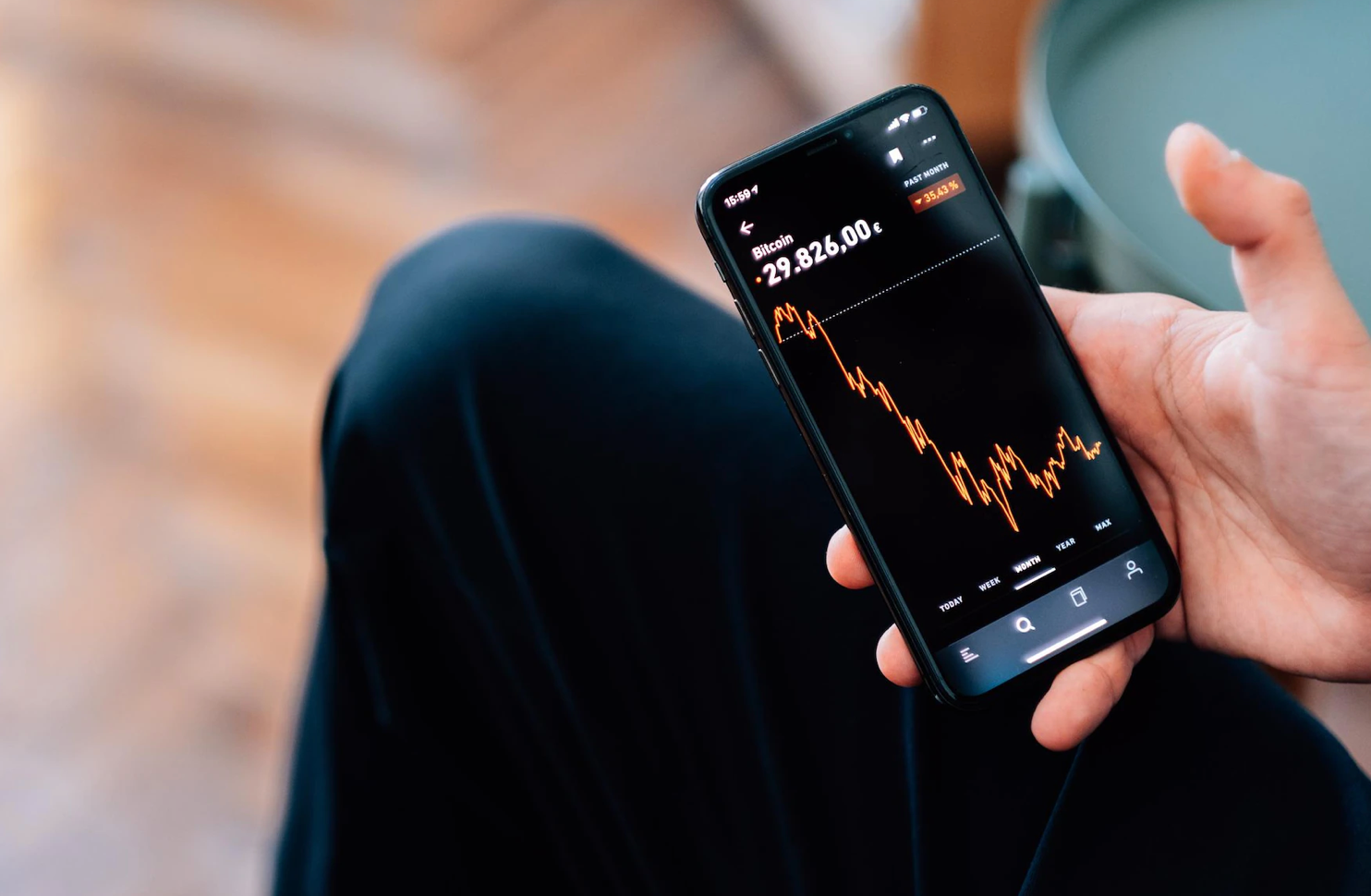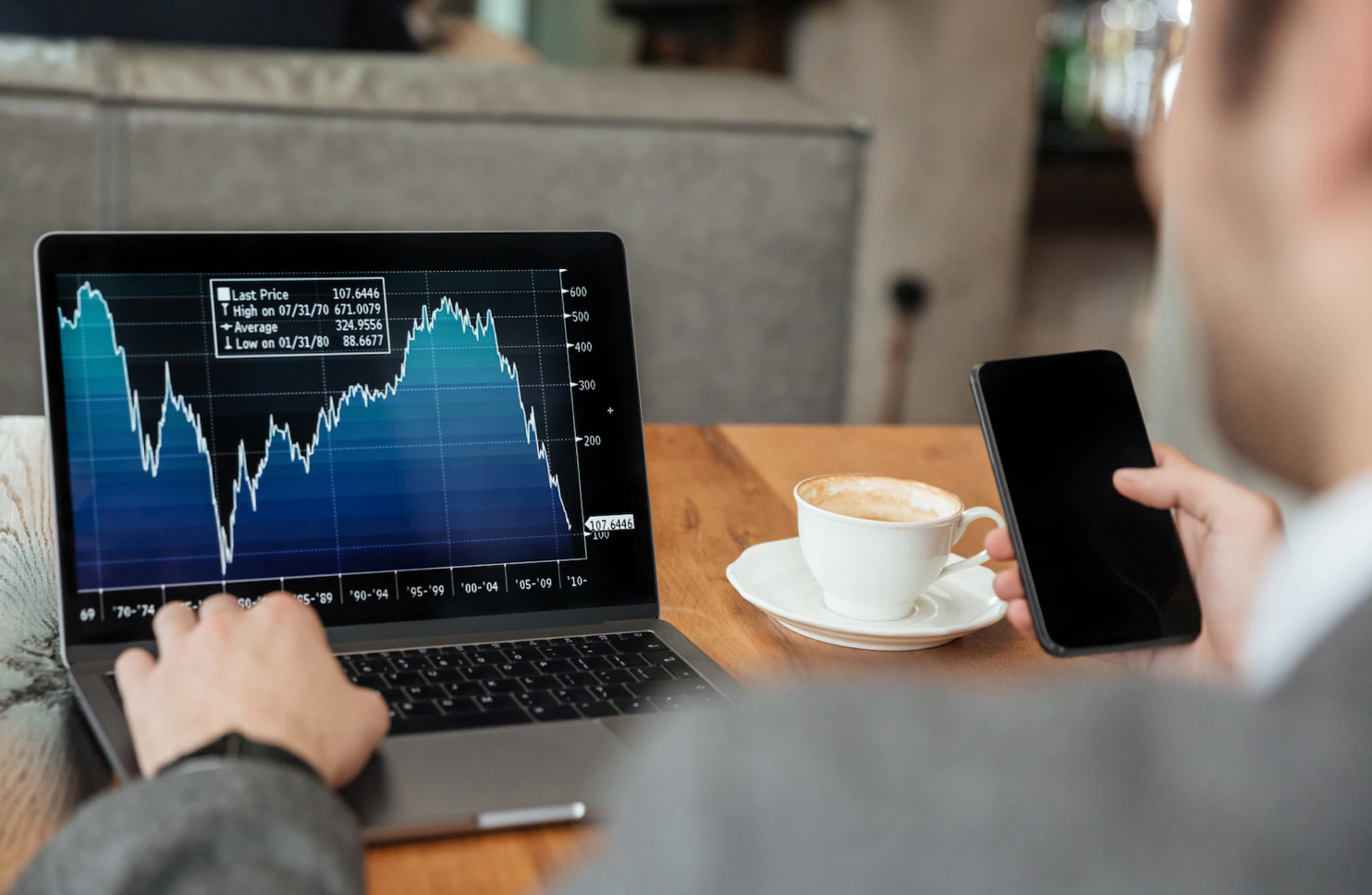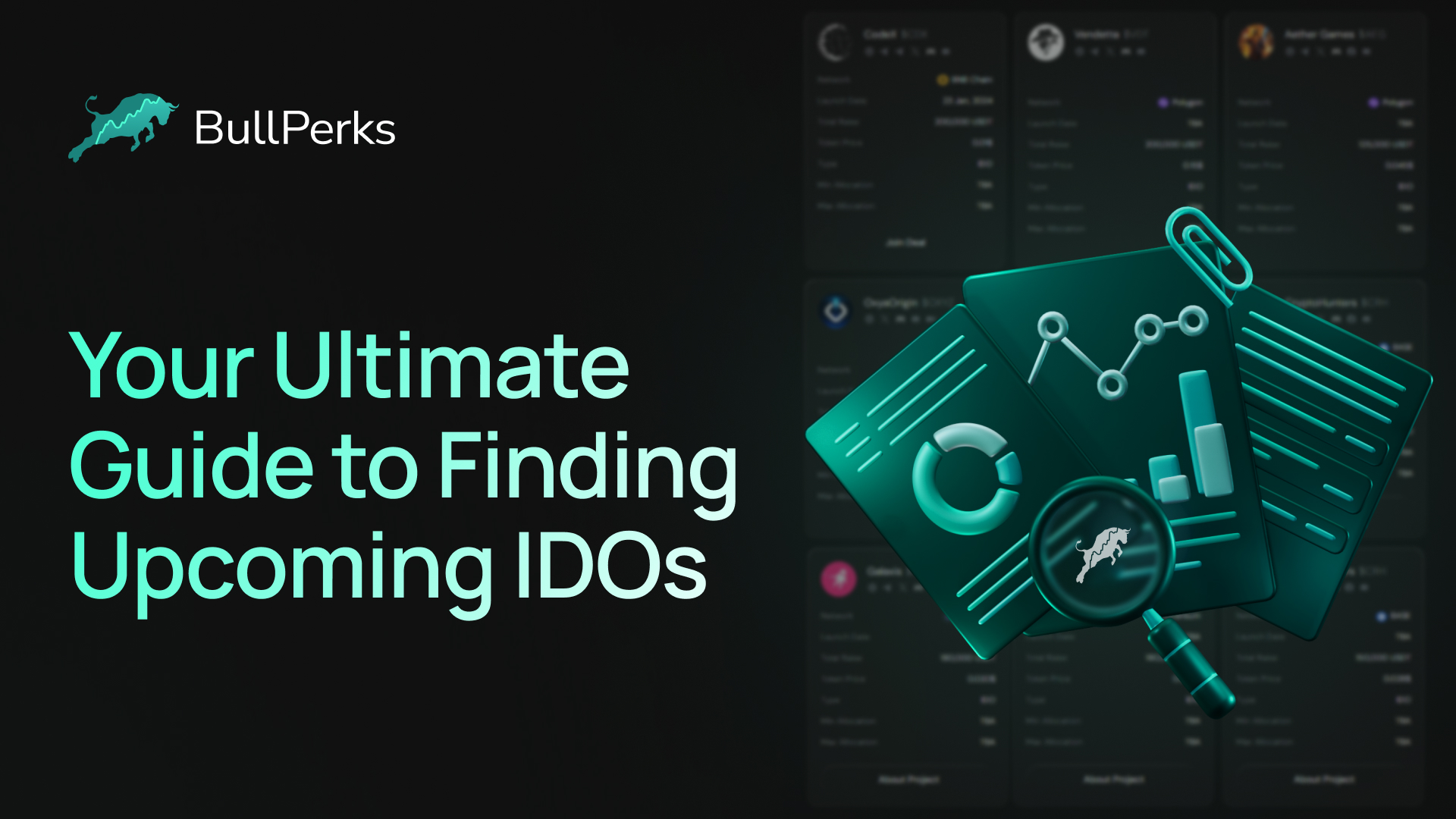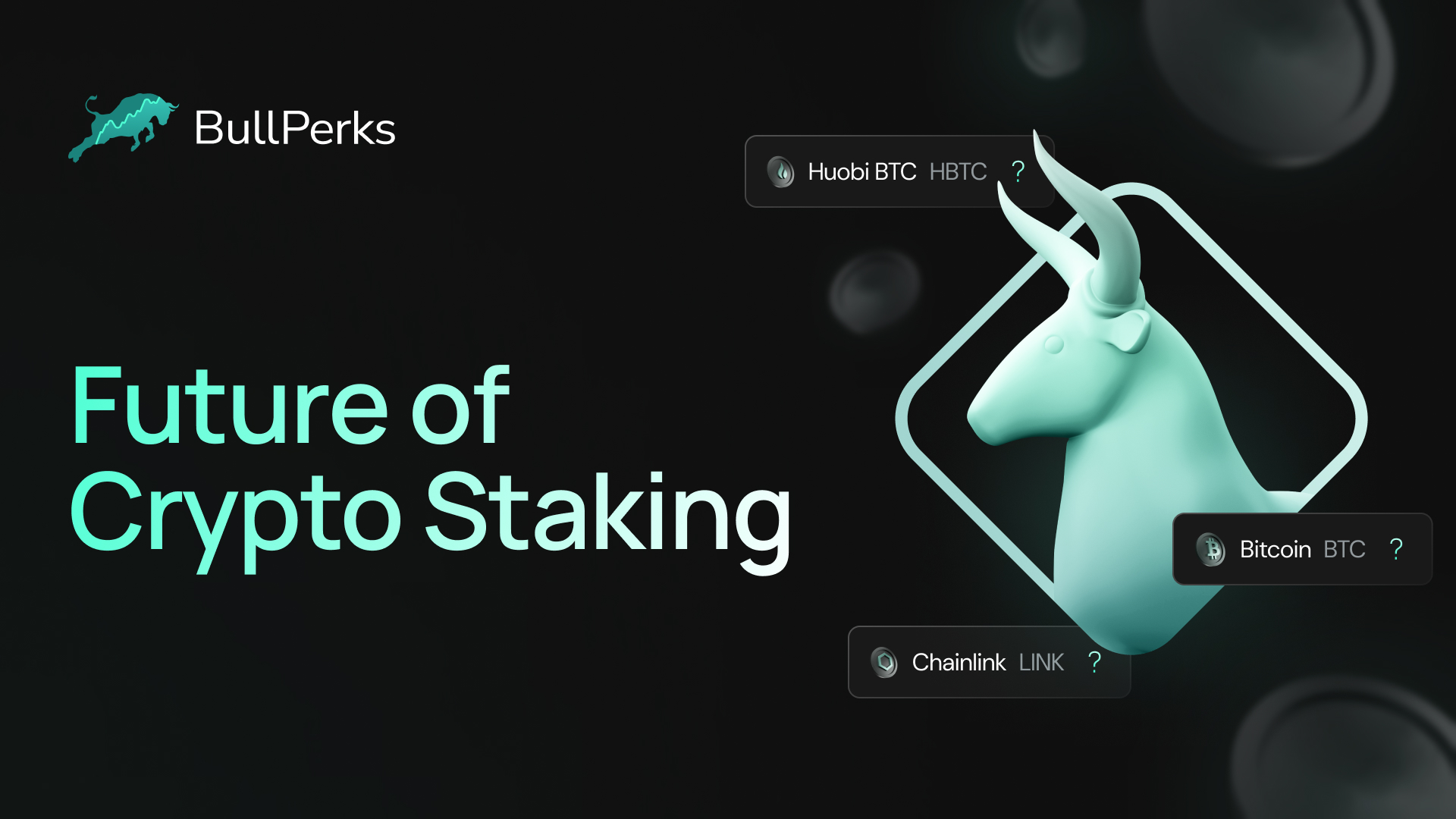
The stock and crypto markets are essential components of the global financial system. They provide a means for investors to both raise capital and invest in stocks, bonds, ETFs, mutual funds, commodities, currencies, and other assets.
To understand how these markets work, it is essential to understand the key differences between primary and secondary markets. Our "Primary vs Secondary Market" blog article will explore these major differences in detail so that investors can make informed investment decisions. Read on to find out more!
Primary and Secondary Markets
Primary and secondary markets are both components of the global capital market and stock exchange. The primary market is where investors can purchase newly issued securities directly from companies or governments. This is typically a one-time offering, such as an Initial Public Offering (IPO), where stocks are offered for sale to the public for the first time.
The secondary market is where previously issued securities can be bought and sold among investors. Examples of these transactions include buying stocks on a stock exchange or trading Bitcoin on a crypto exchange. In this market, trading takes place between two parties without any involvement from the issuer. Secondary markets provide investors with liquidity as they can easily trade their assets without waiting for a lengthy IPO process or until enough interested buyers are available in the primary market.
Furthermore, the primary market allows companies and governments to receive capital from investors while also providing them with an opportunity to raise funds by issuing new shares or debt instruments through IPOs or bond offerings. On the other hand, secondary markets provide investors with an efficient way of buying and selling securities at current prices determined by supply and demand factors. However, what about the primary vs secondary market in the cryptocurrency world?
The primary market in the crypto world is a unique component of the global capital market and stock exchange. This is where new tokens or coins are first offered to the public through initial coin offerings (ICOs) or initial exchange offerings (IEOs). These offerings allow companies to raise funds by selling a set amount of their own digital tokens directly to investors.
Unlike IPOs, ICOs and IEOs do not require companies to go through a lengthy registration process with regulators. However, this does not mean that investors should be careless when participating in these offerings. It is important for investors to do their due diligence when considering ICOs and IEOs, as there have been several instances of scams and fraudulent activities associated with these offerings.
Compared to secondary markets, primary markets provide companies with an opportunity to receive capital from investors while also providing a way to raise funds without going through a lengthy registration process. Furthermore, unlike trading on exchanges, buyers in primary markets can purchase large amounts of tokens without worrying about liquidity issues or price volatility.
Overall, the primary market in the crypto space is an integral part of the global financial system, offering companies an alternative source of capital while also giving investors access to cutting-edge financial products that are not available elsewhere. Although caution should always be exercised when investing in ICOs and IEOs, these offerings remain an attractive option for many who want to get involved in cryptocurrencies.
As for the secondary market, we can say it is a key component of the global capital market, where previously-issued securities are traded among investors. This includes trading cryptocurrencies on exchanges such as Binance, one of the largest crypto exchanges in the world.

Primary Markets: Advantages and Disadvantages
Primary Markets: Advantages and Disadvantages | |
|---|---|
Advantages | |
| Access to Investors | Opportunity for companies to access a larger pool of investors, including retail investors, not just high net worth individuals or institutional ones. |
| No Middleman | Companies can raise more money without paying commissions or fees associated with stock exchange trading. |
| Control Over Offerings | Greater control over capital raised and timing of securities offering, often through IPOs and bond offerings. |
| Information Availability | Investors have access to comprehensive disclosures, like financial statements, giving insights into risks and opportunities. |
| Quick Access to Capital | Companies can access capital quickly, ideal for start-ups or businesses that need funds urgently. |
Disadvantages | |
| Cost and Time | Costly due to due diligence, legal, and advertising expenses. Time-consuming due to regulatory approval processes. |
| Regulation and Disclosure | Heavily regulated, requiring compliance with disclosure standards, adding to costs. |
| Risk of No Buyers | Potential that securities won't be purchased at the set price, making it hard to gauge demand and price offerings effectively. |
Advantages
Primary markets offer a number of advantages that make them an attractive option for companies looking to raise capital. For one, the primary market provides an opportunity for companies to access a larger pool of investors compared to secondary markets. This is due to the fact that primary markets are usually open to all investors and not just high net worth individuals or institutional investors.
In addition, since there is no middleman involved in the transaction, companies can raise more money from their offerings as they do not have to pay commissions or fees associated with trading on a stock exchange. Furthermore, because primary markets are often done through IPOs and bond offerings, companies have greater control over how much capital they raise and when they offer their securities for sale.
Moreover, when it comes to investing in primary markets, investors benefit from having access to information about the company prior to investing in its securities. Typically, IPOs involve extensive disclosures from the issuer, such as financial statements and other company operations details. This allows investors to get an idea of what sort of risks they might be taking if they decide to invest in the company's offering.
Lastly, primary markets allow companies to quickly access capital without waiting for a lengthy IPO process or until enough interested buyers are available in the secondary market. This makes it ideal for start-ups or new businesses that need funds fast but may not have enough time or resources necessary for traditional forms of fundraising, such as venture capital investments or angel investments.
Overall, the primary market offers numerous benefits for both companies seeking capital and investors who want access to new financial products and early-stage investment opportunities. By providing greater liquidity than secondary markets while still allowing investors access to important information before investing their money, primary markets remain an attractive option for many looking for potential investment opportunities.
Disadvantages
The primary market is not without its disadvantages, including that it can be a costly and time-consuming process. Companies often have to pay for due diligence processes and legal advisors, as well as the cost of advertising to attract potential buyers. In addition, the process of gaining regulatory approval can take up a significant amount of time and resources, as companies must go through rigorous procedures in order to list their securities on an exchange or other primary market.
Furthermore, because primary markets are heavily regulated, companies must comply with certain disclosure requirements in order to ensure investors have access to appropriate information about their offering. This includes providing detailed financial statements regarding their operations and future plans. While this helps protect investors from fraud or mismanagement, it can also add significant costs to the company’s fundraising efforts.
Lastly, when it comes to primary markets, there is a risk that no one will buy the securities the company offers. Unlike secondary markets, where sellers can adjust prices in order to attract buyers, companies in primary markets are stuck with whatever price they set for their security offering—which may not be attractive enough for potential buyers. This means that despite all the upfront costs associated with a primary market offering, there is still no guarantee of success.
Overall, while primary markets offer some unique advantages, they also come with several drawbacks, such as high compliance costs and disclosures and uncertain demand for the securities being issued. For this reason, companies should carefully weigh all their options before deciding which type of market best suits their fundraising needs.

Secondary Markets: Advantages and Disadvantages
Secondary Markets: Advantages and Disadvantages | |
|---|---|
Advantages | |
| Investment Options | Provides access to various options like stocks, bonds, mutual funds, ETFs. Allows for easier portfolio diversification due to increased liquidity. |
| Risk | Lower risks compared to primary market offerings as securities are established and have undergone prior evaluations. |
| Regulation | Markets like the NYSE and NASDAQ offer investor protection from fraud. Increased transparency in trading and pricing. |
| Overall Benefits | Greater liquidity, accessible diversification opportunities, increased investor protections, and reasonable prices. |
Disadvantages | |
| Market Volatility | Secondary markets can be more volatile due to fewer pricing restrictions and increased speculative activity. |
| Information Asymmetry | Some investors might have more or better information than others, causing price distortions or misalignment with actual value. |
| Illiquid Stocks | Lack of reliable pricing data can lead to manipulation, especially by larger investors, making it hard for individuals to make informed decisions. |
Advantages
Secondary markets offer a number of distinct advantages for both companies and investors. For investors, secondary markets provide access to various investment options, including stocks, bonds, mutual funds, ETFs, and other financial instruments. This means that investors can diversify their portfolios more easily than they could in primary markets, thanks to the increased liquidity these markets offer.
Additionally, because these securities are already established in the market and have undergone previous evaluations by the issuer's prior shareholders or owners, the risks associated with investing in these securities are often lower than those associated with IPOs or other primary market offerings. This makes secondary markets ideal for investors who may not have the time or resources to conduct extensive due diligence on new companies.
Furthermore, given that secondary markets are typically regulated by stock exchanges such as the NYSE and NASDAQ, they provide investors with an additional layer of protection from fraudulent activities or misrepresentation. In addition to having access to information about a company through public filings and other disclosures required by exchanges, investors also benefit from increased transparency regarding trading prices and other features of securities traded in secondary markets.
With that in mind, we can conclude that secondary markets offer numerous benefits for both individual and institutional investors alike—from greater liquidity to more accessible diversification opportunities and increased investor protections. By providing access to a wide range of investment products at reasonable prices while still protecting investors from potential frauds or mismanagement issues, it's no surprise why so many turn to these types of capital markets for their investing needs.
Disadvantages
One of the main disadvantages of secondary markets is market volatility. While this can provide investors with lucrative trading opportunities, it can also result in significant losses if the investor does not have sufficient knowledge or expertise to navigate these markets properly. For example, stocks traded in secondary markets tend to be more volatile than those offered in primary markets due to fewer restrictions on pricing and increased speculative activity.
In addition, due to the sheer number of participants involved in these markets, there is often an information asymmetry—which means that some investors may have access to more (or better) information than others, causing prices to become distorted or misaligned with the actual value of a security.
This is especially true of illiquid stocks that lack reliable pricing data and therefore can be easily manipulated by large investors with deeper pockets. As a result, individual investors may find it challenging to make informed decisions when investing in secondary markets due to this lack of reliable information.
Key Differences Between Primary and Secondary Markets
| Aspect | Primary Market | Secondary Market |
|---|---|---|
| Purpose | Raising money by selling new securities. | Transactions between buyers and sellers of previously issued securities. |
| Issuer | Securities are issued by the issuer (company, government, etc.). | Investors trade among themselves without issuer involvement. |
| Pricing | Determined by the issuer for new securities. | Determined by supply and demand in open trading. |
| Risks | Varies, but often higher due to being new issues. | Often lower due to evaluations from prior shareholders. |
| Volume | One-time issuance of securities. | Continuous liquidity through ongoing trading activities. |
| Liquidity | Less liquidity as it depends on specific issuance events. | Higher liquidity, allowing easy buy/sell of established securities. |
| Time Frame | Varies, usually longer due to the issuance process. | Quicker due to established trading systems and higher liquidity. |
Secondary and primary markets have distinct advantages and disadvantages for companies and investors. It is essential to understand the key differences between these two types of capital markets in order to make informed investment decisions.
Purpose
The primary purpose of the primary market is for companies to raise money by selling new securities, while the secondary market facilitates transactions between buyers and sellers of previously issued securities.
Issuer
In the primary market, securities are issued by the issuer (a company, government entity, or other organization). As for the secondary market, investors trade securities among themselves without involvement from issuers.
Pricing
Prices of newly issued securities are determined by the issuer in a primary market offering, while prices on secondary markets are determined by supply and demand in open trading.
Risks
Risk levels vary depending on the security being traded; however, risks associated with investing in secondary markets are often lower than those associated with IPOs or other primary market offerings due to prior evaluations from prior shareholders or owners.
Volume
Primary markets involve a one-time issuance of securities, whereas secondary markets provide continuous liquidity through trading activities that occur throughout the day on exchanges such as the NYSE and NASDAQ.
Liquidity
Secondary markets offer investors increased liquidity compared to primary markets because they allow investors to easily buy and sell established securities without waiting for an IPO or other form of funding event.
Time frame
The time frame from issuance to sale can vary significantly depending on whether a security is traded in a primary or secondary market; however, transactions usually occur much quicker in secondary markets due to their greater liquidity.

Bottomline
Overall, primary and secondary markets serve different purposes for companies and investors. Primary markets are used to raise money by issuing new securities, while secondary markets allow buyers and sellers to trade existing securities without issuer involvement.
Both have their advantages and disadvantages that should be considered before making any investing decisions. Understanding the key differences between these two types of capital markets is essential to make informed investment decisions. Ultimately, it's important to do your research to find a market with risk levels suitable for your individual goals and objectives.
The world of markets is enormous and truly fascinating. If you are interested in such topics as a primary and secondary market, you should also consider finding more information about any stock market, a financial market, how to contribute capital, financial securities, a New York stock exchange, a London stock exchange, new stocks, a dealer market, an auction market, efficient market, an issue market, underwriting firms, third and fourth markets, primary capital markets, publicly traded companies, primary market deals, investment bankers, a primary capital market, financial details, securities and exchange commission, and so much more.
Would you like to start investing in the most promising crypto projects? Learn how to invest with BullPerks, the fairest and most community-oriented decentralized VC and multichain launchpad!
Disclaimer. This material should not be construed as a basis for making investment decisions or as a recommendation to participate in investment transactions. Trading digital assets may involve significant risks and can result in the loss of invested capital. Therefore, you must ensure that you fully understand the risk involved, consider your level of experience, investment objectives, and seek independent financial advice if necessary.












